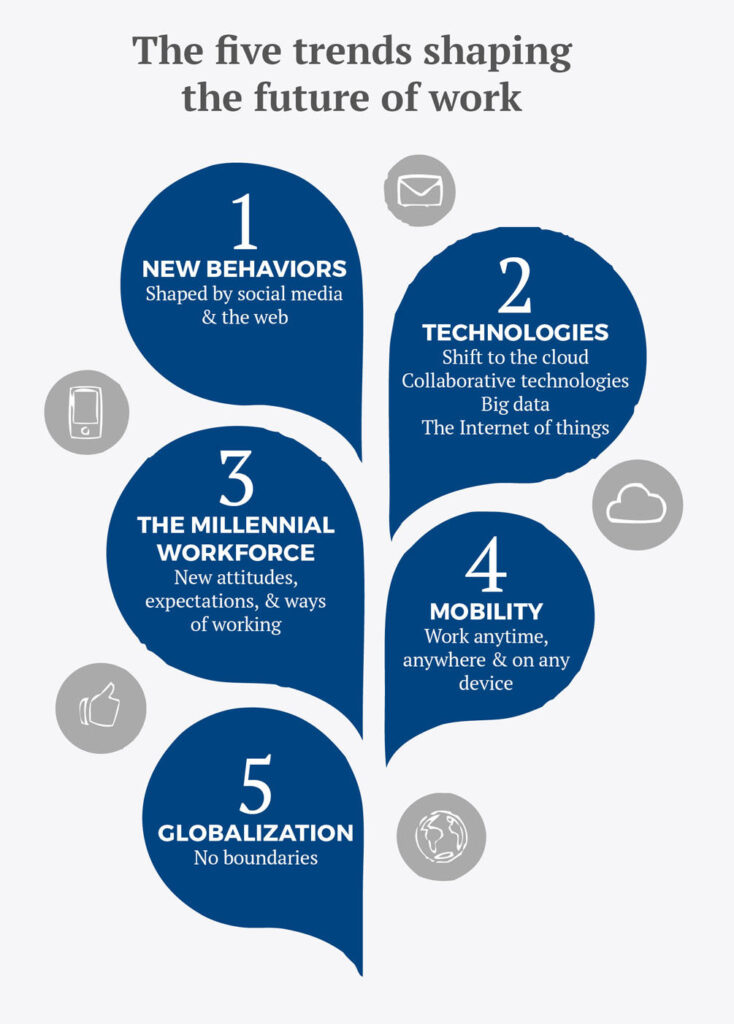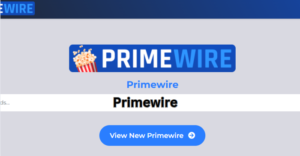Pfizer Layoffs Livestream – Understanding the Corporate Shift

Introduction
In an unprecedented move, Pfizer, one of the world’s leading pharmaceutical companies, has utilized a livestream format to announce and discuss significant layoffs within its workforce. This innovative approach has drawn widespread attention, not just for its implications for the company and its employees, but also for its role in transforming corporate communication strategies in the digital age. In this article, we will explore the reasons behind the layoffs, the impact of the livestream, and what this all means for Pfizer and the broader pharmaceutical industry.
The Context of Pfizer Layoffs

1. Background on Pfizer
Pfizer, founded in 1849, has a rich history in the pharmaceutical sector, known for developing life-saving medications and vaccines. The company gained significant visibility during the COVID-19 pandemic with its rapid development of an effective vaccine in collaboration with BioNTech. However, like many other companies, Pfizer has faced challenges in the evolving market landscape, leading to strategic decisions, including layoffs.
2. Reasons Behind the Layoffs
- Market Dynamics: The pharmaceutical industry is highly competitive, and companies must continually adapt to shifting market demands. Pfizer’s decision to streamline its operations aligns with a broader trend within the industry to improve efficiency and reduce costs.
- Post-Pandemic Adjustments: Following the initial surge in demand for COVID-19 vaccines, Pfizer has had to recalibrate its workforce to reflect the changing landscape of vaccine distribution and production.
- Focus on Core Areas: Pfizer is increasingly concentrating its efforts on key therapeutic areas, which may require reallocating resources and talent to ensure optimal performance in those domains.
3. The Decision to Livestream
The decision to announce the layoffs via livestream rather than traditional press releases or internal memos marks a significant shift in corporate communication strategy. This approach allows for:
- Transparency: By utilizing a livestream format, Pfizer aims to maintain transparency about its decisions, fostering trust among employees, stakeholders, and the public.
- Real-Time Engagement: Livestreams enable real-time interaction, allowing employees and viewers to ask questions and engage directly with company leadership, creating a more dynamic discussion.
- Modern Communication Strategy: The livestream serves as an example of how corporations are adapting to digital communication trends, acknowledging the importance of engaging with audiences across various platforms.
Read More: How Can Your Law Firm Secure Funding to Expand Its Operations?
Impact of the Pfizer Layoffs Livestream
1. Employee Reactions
- Mixed Emotions: Many employees expressed feelings of anxiety and uncertainty regarding their job security. While the livestream provided insights into the company’s direction, it also amplified concerns about potential future layoffs.
- Desire for Support: Employees are looking for more than just information; they seek support mechanisms, such as career counseling and mental health resources, to help them navigate this transition.
2. Stakeholder Response
- Investor Confidence: Some investors appreciated the transparency and clarity provided by the livestream, viewing it as a positive step towards long-term stability. Others remained cautious, concerned about the potential impact on Pfizer’s stock performance.
- Public Perception: The public’s perception of Pfizer is critical, especially following its high-profile vaccine rollout. The livestream approach aimed to maintain a positive image amidst challenging decisions.
3. Industry Implications
- Setting a Precedent: Other companies may follow Pfizer’s lead in adopting livestreams for major corporate announcements, especially in industries where transparency and engagement are paramount.
- Evolving Communication Standards: The event reflects a shift in how companies communicate with their employees and stakeholders, emphasizing the importance of digital platforms in corporate strategy.
Analysis of the Pfizer Layoffs Livestream
1. Communication Effectiveness
- Clarity of Message: Pfizer’s leadership aimed to deliver a clear and concise message, outlining the reasons for the layoffs and the company’s future direction.
- Engagement Level: The interactive nature of the livestream allowed employees and stakeholders to engage directly with leadership, fostering a sense of inclusion in the decision-making process.
2. Lessons Learned
- Importance of Transparency: Transparent communication is vital, especially during difficult times. Companies that embrace open dialogue can build trust and mitigate employee anxiety.
- Adaptability: As the business landscape evolves, organizations must be willing to adapt their communication strategies to meet the needs of their employees and stakeholders.
Read More: 6 Creative Ways to Use Image Filler
What future trends might emerge in corporate communication following the Pfizer layoffs?

1. Increased Adoption of Livestreaming for Announcements
Many companies may begin to leverage livestreaming for significant corporate announcements, including layoffs, restructuring, or strategic changes. This approach allows organizations to deliver messages directly, engage with audiences in real-time, and foster transparency.
2. Enhanced Focus on Transparency and Authenticity
In the wake of high-profile layoffs, companies are likely to prioritize transparent communication. This means being open about the reasons behind difficult decisions and providing honest updates to employees and stakeholders, thereby building trust and credibility.
3. Interactive Communication Platforms
Expect to see a rise in interactive platforms that enable real-time questions and feedback during corporate communications. This could include features like live Q&A sessions, polls, and chat functions, allowing employees to engage directly with leadership.
4. Hybrid Communication Models
Organizations may adopt a hybrid model combining in-person and virtual communications to reach a broader audience. This approach can help ensure that both remote and onsite employees feel included and informed.
5. Personalized Communication Strategies
As companies recognize the diverse needs of their workforce, there will be a trend toward personalized communication strategies. Tailoring messages to different employee segments can enhance relevance and engagement, particularly during times of change.
6. Integration of Mental Health and Well-being Resources
With layoffs often leading to increased anxiety and stress among employees, companies may integrate mental health resources into their communication strategies. This could involve offering support services, counseling, and resources during corporate transitions.
7. Utilization of Social Media for Corporate Messaging
More organizations might turn to social media platforms to disseminate important news and updates. Social media can facilitate wider reach and engagement, allowing companies to connect with stakeholders in real-time and share messages more informally.
8. Regular Updates and Communication Cadences
Companies may establish regular communication cadences to keep employees informed about ongoing developments, especially during transitions. Regular updates can help mitigate uncertainty and foster a culture of openness.
9. Focus on Storytelling
Using storytelling techniques to communicate corporate changes can help humanize messages and create emotional connections. Companies may increasingly leverage narratives that illustrate the journey and rationale behind decisions.
10. Increased Training for Leadership in Communication Skills
As effective communication becomes crucial during layoffs and other significant changes, companies may invest in training programs for leaders to enhance their communication skills. This training could focus on empathy, active listening, and crisis communication strategies.
Conclusion:
The Pfizer layoffs livestream marks a significant moment in corporate communication, demonstrating the power of transparency and real-time engagement in navigating challenging organizational changes. As Pfizer continues to adjust to market dynamics and focus on its core business areas, the lessons learned from this event may shape future corporate communication strategies in the pharmaceutical industry and beyond.
FAQs
1. What prompted Pfizer to conduct layoffs?
The layoffs were primarily due to market dynamics, post-pandemic adjustments, and a strategic focus on core therapeutic areas.
2. How did the livestream impact employee morale?
The livestream created mixed emotions among employees, with some feeling anxious about job security while others appreciated the transparency.
3. Why did Pfizer choose to livestream the announcement?
Pfizer aimed to foster transparency, engage in real-time dialogue, and adapt to modern communication trends through the livestream format.
4. What can other companies learn from Pfizer’s approach?
Other companies can learn the importance of transparency and adaptability in corporate communication during challenging times.
5. How can employees seek support after the layoffs?
Employees are encouraged to access career counseling and mental health resources provided by the company to navigate their transition.
6. What was the public’s reaction to the livestream?
The public had mixed reactions, with some appreciating the transparency while others expressed concerns about the future of the company.
7. Will other companies adopt similar communication strategies?
It’s likely that other companies in the pharmaceutical industry and beyond will consider livestreaming for major announcements to enhance transparency and engagement.
8. How did investors respond to the layoffs?
Investor responses were mixed; some were reassured by the transparency, while others remained cautious regarding potential stock performance impacts.
9. What are the long-term implications of the Pfizer layoffs?
The layoffs may lead to changes in Pfizer’s operational focus and potentially set a precedent for how companies communicate major decisions.
10. How important is corporate communication during layoffs?
Effective corporate communication is crucial during layoffs, as it helps mitigate employee anxiety and builds trust among stakeholders.
Read More:





